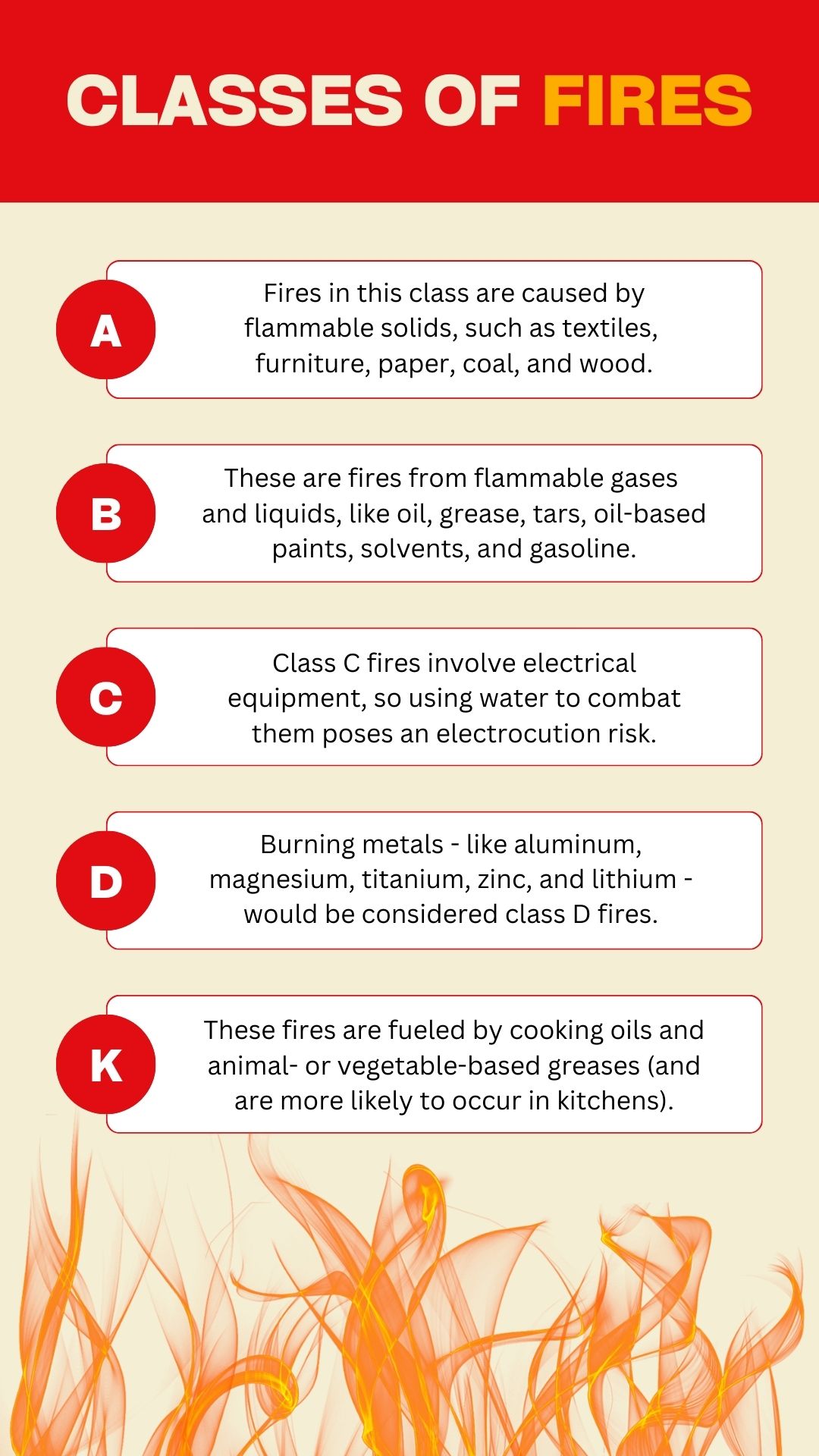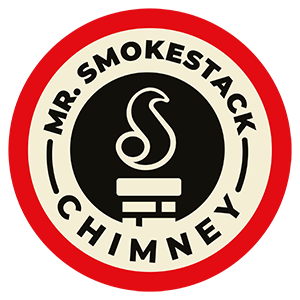We take fire education and safety seriously. That’s why we maintain certifications by both the Chimney Safety Institute of America (CSIA) and the National Fireplace Institute (NFI). The way we see it, when we bring the beauty, warmth, and ambiance of live fire into the spaces where we work, live, and play, it’s important that we do so responsibly.
We’ve invested our careers into bringing high level expertise and knowledge to the installation, care, and maintenance of Raleigh’s fireplaces so you can enjoy your fireplace with peace of mind. And the more you know about safe fireplace operation, the more you can avoid the dangers of fire while still embracing its many benefits.
Need to book an inspection or service with our team? Give us a call or schedule online now.
The Different Classes of Fires
Most fires fit into five different classes. These are:
- Class A Fires: Fires in this class are caused by flammable solids like textiles, furniture, paper, coal, and wood. Most of these are organic materials.
- Class B Fires: These are fires from flammable gases and liquids like oil, grease, tars, oil based paints, solvents, and gasoline.
- Class C Fires: Class C fires involve electrical equipment, so using water to combat them poses an electrocution risk. Fires from appliances, wiring, or basically anything that’s plugged into a power source fall in this category.
- Class D Fires: Burning metals are present in Class D fires. Combustible metals include aluminum, magnesium, titanium, zinc, and lithium.
- Class K Fires: These fires are fueled by cooking oils and animal or vegetable based greases and are therefore more likely to occur in kitchens.
Different types of fires need to be combatted differently, so make sure you know how to handle each – or what type of fire extinguisher would be most appropriate for your needs.

What Is a Chimney Fire?
A fire in your home is great – as long as it’s safely contained in a fireplace or stove. But while your chimney seems like a simple extension of your fireplace, it’s certainly not a safe place for a fire to occur.
The fire classification system describes the type of material burning. Typically, a chimney fire will involve creosote – a dark, tarry substance that accumulates in the chimney flue as a byproduct of burning wood. Since creosote is a solid residue, chimney fires would most often fall under Class A classification.
If caught early, a Class A fire can often be fought with an extinguisher designed to combat fires of this type. However, a chimney fire is going to be difficult to access with an extinguisher, so promptly evacuating the premises and calling the fire department will be necessary. The good news? Preventative actions can nearly always keep chimney fires from occurring in the first place.
What Are the Signs of a Chimney Fire?
Chimney fires begin out of sight, so you may not detect them immediately – and it’s even possible to have had a chimney fire without knowing it if the fire burns itself out without spreading to the surrounding home structures. But a chimney fire demands action, whether the fire is in progress or has already occurred. Chimney fires can substantially damage the structure of your chimney, so once the fire is successfully extinguished a professional inspection and remediation is required for the safety of your home and its inhabitants.
A chimney fire might be detectable through your senses. You may…
- Hear strange noises, such as popping or roaring, coming from your chimney
- See more smoke than is usual, or smoke that’s darker than usual, coming from your chimney. You may also see sparks or flames at the top of the chimney or flashes of light through the fireplace.
- Smell a strong scent like burning tar that creosote puts out when burning
You may also notice visible damage, such as cracks, peeling, or deterioration in the chimney or warping and discoloration in metal elements like your chimney cap or damper. This could indicate that a chimney fire has occurred and your chimney’s condition needs to be assessed.
How Can I Prevent Chimney Fires?
The best case scenario is avoiding chimney fires altogether. Here are some steps you can take to use your fireplace safely and minimize the risk of an uncontained fire.
- Prepare the space. Make sure you maintain proper clearances by keeping all combustible materials three feet from your fireplace and chimney to reduce the risk of fire or the spread of a chimney fire. Make sure your chimney cap is securely in place and in good condition so it can keep debris out of your chimney’s interior. And be sure that your carbon monoxide, smoke alarms, and extinguisher are well placed and in good working order should a fire occur.
- Fuel the right way. Use only the fuel type your fireplace is designed for. If you have a wood burning unit, your firewood should always be well-dried. Green (newly cut) or damp wood doesn’t burn well, so more creosote will be produced. Tossing cardboard, paper, or other items in your fireplace can have the same effect. Another important good burning practice is ensuring adequate ventilation for better, cleaner combustion.
- Prioritize maintenance. Schedule annual professional inspections and routine chimney sweeping. Having expert eyes on your chimney system regularly helps keep your chimney in good working condition and reduces the risk of a fire. Professional chimney sweeping removes creosote and other hazardous blockages that could hinder airflow or act as fire hazard. And good maintenance also prolongs the life of your chimney and allows you to address small problems before they become big problems.
Reach Out Today
Remember, you aren’t alone in fireplace safety. As your local fireplace experts, we’re only a phone call away. If you suspect you’ve suffered a chimney fire, or if you want help proactively implementing fire safety solutions, reach out to our team of experts today. We’re here to help!
